Safety Contour is a critical concept in maritime navigation that refers to a designated depth contour used to enhance navigational safety. It represents the maximum depth that a vessel can safely navigate without the risk of grounding, taking into account factors such as vessel draft, tidal variations, and underwater obstructions. By establishing a safety contour, navigators can make informed decisions about their routes, avoiding areas where the water depth is insufficient for safe passage.
History of Safety Contour
The concept of safety contours emerged as navigation became more sophisticated, particularly with the advent of electronic chart systems. Historically, sailors relied on paper charts that displayed depth soundings, but these could be difficult to interpret, especially in unfamiliar waters. As maritime technology evolved, the introduction of ENCs [🕮 What is ENC?] allowed for more precise and clear delineation of safety contours.
In the early 2000s, the International Hydrographic Organization (IHO) [🕮 What is IHO?] recognized the need for standardized safety contours in navigation and included it as part of the S-57 [🕮 S-57: What It Is and Its History] and S-100 standards. These standards provided a framework for creating consistent safety contours across different navigational systems, thereby enhancing safety and efficiency in maritime operations.
In the early 2000s, the International Hydrographic Organization (IHO) [🕮 What is IHO?] recognized the need for standardized safety contours in navigation and included it as part of the S-57 [🕮 S-57: What It Is and Its History] and S-100 standards. These standards provided a framework for creating consistent safety contours across different navigational systems, thereby enhancing safety and efficiency in maritime operations.
How Safety Contour Works
Safety contours are typically defined in relation to the vessel's draft, which is the vertical distance between the waterline and the bottom of the hull. The contour is often set at a depth that is slightly greater than the vessel's draft, allowing for a margin of safety. For example, if a vessel has a draft of 5 meters, the safety contour might be set at 6 meters, providing a buffer against tidal changes and underwater hazards.
When planning a route, navigators can reference the safety contour to ensure they remain in safe waters. If a planned route crosses below the safety contour, it may signal a need to adjust the course to avoid potential grounding.
When planning a route, navigators can reference the safety contour to ensure they remain in safe waters. If a planned route crosses below the safety contour, it may signal a need to adjust the course to avoid potential grounding.
Interesting Historical Facts About Safety Contour
- Ancient Navigation: Early sailors often used their local knowledge and observations of the seafloor to avoid shallow areas. They relied on landmarks and tidal patterns to navigate safely, although this approach lacked the precision of modern safety contours.
- Maritime Disasters: The introduction of safety contours became more prominent after numerous maritime accidents caused by grounding. One notable incident was the grounding of the MV Star Princess in 2006, which prompted further discussions on the importance of establishing clear safety contours in navigation systems.
- Advancements in Technology: With the rise of GPS [🕮 What is GPS?] and ECDIS [🕮 What is ECDIS?], the visualization of safety contours became more accessible. Modern systems can dynamically update safety contours in real-time based on changing water conditions, providing navigators with up-to-date information.
- International Standards: The establishment of safety contours is now part of international maritime standards. The IHO's S-57 and S-100 guidelines ensure that safety contours are consistently implemented in electronic navigational charts, making it easier for mariners around the world to rely on this critical feature for safe navigation.














